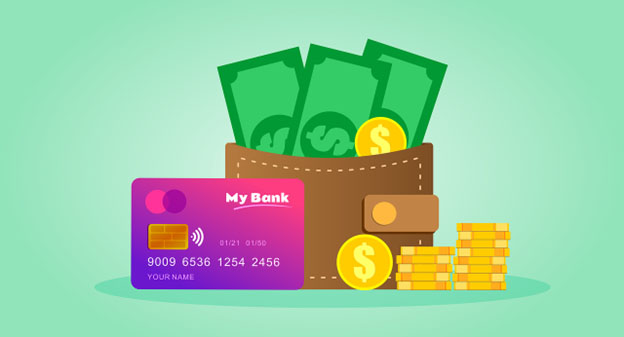What You Should Have in Your Travel Wallet?

When you’re heading off on a trip, there’s plenty to think about: flights, accommodation, and what to pack. But one thing that often gets overlooked is how you’ll actually pay for things once you’re on the move. Most travellers have moved beyond carrying wads of cash. These days, digital payments make it easier to spend, transfer, and manage money without fuss. Knowing which tools work best overseas can save time, reduce fees, and keep your funds secure while you explore.
The Power of PayID and Instant Transfers
PayID has quickly become one of Australia’s most convenient ways to move money. Instead of typing in long BSB and account numbers, you can link your bank account to a phone number or email address. It’s fast, accurate, and ideal for everyday use; splitting a restaurant bill, paying a local driver, or transferring money to a friend. Most Australian banks, including Commonwealth Bank and Westpac, now support it. PayID’s instant transfer feature makes it just as useful for travellers as it is at home, especially when you need to send or receive money quickly.
Digital payments aren’t just handy for covering travel costs. Many Australians also use them for online shopping, streaming subscriptions, and entertainment. PayID’s flexibility means you can use it for everything from paying service providers to enjoying online games. For example, travellers who enjoy casino games can deposit or withdraw securely through systems that support PayID. A good example of this can be seen at a payid casino, where the transfer process is quick and reliable.
The Rise of the Digital Wallet
Digital wallets have changed the way Australians handle money. Services like Apple Pay, Google Pay, and Samsung Pay let you tap your phone or smartwatch instead of pulling out a physical card. They store your card details securely and work almost anywhere that accepts contactless payments. For travellers, that means fewer cards to carry and less to worry about if something goes missing. Many digital wallets even handle currency conversions automatically, helping you avoid extra charges while shopping or dining abroad.
Choosing the Right Cards for Your Trip
Before you leave, take a look at your cards and check which ones offer the best value overseas. Some banks provide debit and credit cards with no foreign transaction fees or even complimentary travel insurance. These can make a noticeable difference to your budget. It’s also smart to let your bank know you’re travelling, so your purchases don’t trigger a fraud alert. Carrying both Visa and Mastercard options ensures you’re covered in places where one might not work. Keeping a spare card in a separate bag can also save you from serious inconvenience if your wallet is lost or stolen.
Staying Secure While You’re Away
Travelling often means connecting to public Wi-Fi networks, which aren’t always safe. Avoid making payments on shared or unsecured connections. Stick to mobile data when possible, and use your bank’s app instead of logging in through a browser. Most banking and digital wallet apps now include biometric security like fingerprint or facial recognition, which adds another layer of protection. If your phone goes missing, you can lock your cards or freeze your accounts instantly through your bank’s app. A few quick settings can make a big difference to your financial safety abroad.
Watching Exchange Rates and Hidden Fees
Exchange rates can shift throughout the day, and international transaction fees can sneak up on you. Prepaid travel cards can help by letting you load funds and lock in an exchange rate before you leave Australia. Many allow multiple currencies, making them a good choice for multi-country trips. Some digital banks even send alerts when exchange rates change, giving you the chance to convert your money at a better time. A bit of planning here can save you a fair bit once you’re overseas.
Keeping an Eye on Spending
It’s easy to lose track of your spending while travelling. Meals, tours, and small daily purchases can add up faster than you expect. Banking apps and expense trackers make it simpler to stay on top of things. Many show your transactions in real time and categorise them automatically. You’ll know exactly where your money is going, whether it’s transport, food, or accommodation.
Always Have a Backup
Technology isn’t foolproof, and even the best systems can fail now and then. It’s smart to carry a small amount of cash in case you find yourself somewhere that doesn’t take cards or digital payments. Keep a second debit or credit card separate from your main wallet, too. That way, if one is lost or blocked, you still have access to funds. Having a backup plan gives you flexibility and keeps minor hiccups from turning into major problems.
Staying Informed About Payment Options
Payment technology keeps improving, and Australians are quick to embrace new tools that make life easier. From PayID to crypto wallets and multi-currency apps, there are more ways than ever to manage money safely on the move. Before each trip, it’s worth checking what’s new in digital banking and travel finance. A few small updates can help you spend confidently, protect your funds, and enjoy a smoother travel experience.
|